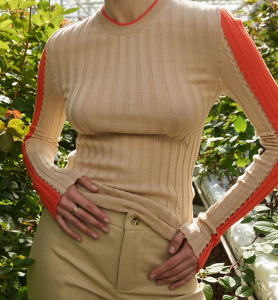Inside Demna’s debut for Gucci
Demna is no stranger to the art of disruption. Just six months ago, after a decade at the helm of Balenciaga, Kering stunned the industry with the announcement that Demna would assume the role of Creative Director at Gucci. It was, by all accounts, one of the most unexpected appointments in the ongoing game of creative-director musical chairs. The questions came swiftly: how would a designer whose tenure at Balenciaga was defined by body-sculpting silhouettes, radical proportion play, and streetwear-inflected couture interpret and honour the storied codes of one of fashion’s most iconic heritage maisons?
Well, earlier than anticipated, we have our answer. In another surprise reveal, Demna released his Gucci debut collection 36 hours ahead of its scheduled Milan Fashion Week film-format slot—and the result is not only reassuring but arresting.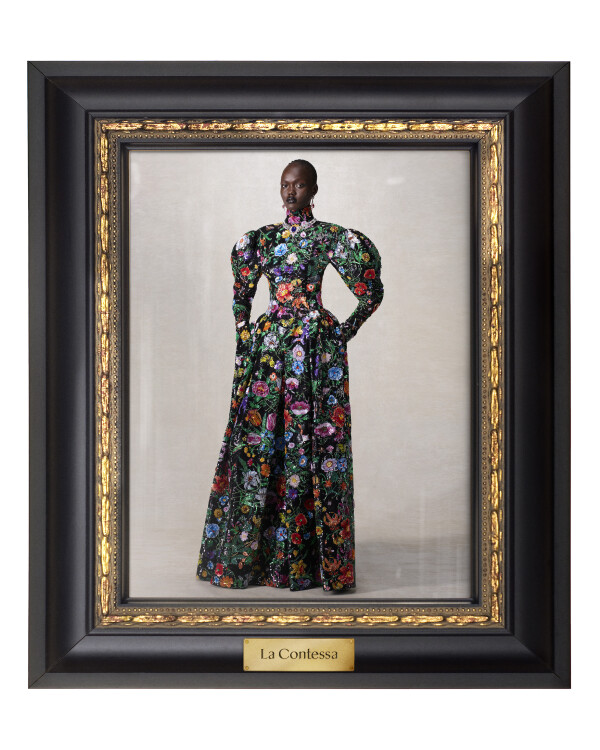
Titled La Famiglia, the collection and lookbook mark the genesis of a new Gucci era, one spiked with Demna’s signature sex appeal and daring character traits. Yet it’s not as far removed as sceptics were quick to predict. He has masterfully captured the brand’s rich DNA and enduring house codes—floral appliqués, monochromatic monograms, faux fur—curating them into what feels like his very own Gucci hall of fame.
Through a series of 37 portraits shot by Catherine Opie, Demna introduces characters who epitomise the 'Gucciness of Gucci', each with a distinctive personality that nods to defining eras in the house’s legacy. Collectively, they form a family album of sorts, the type you fawn over and treasure.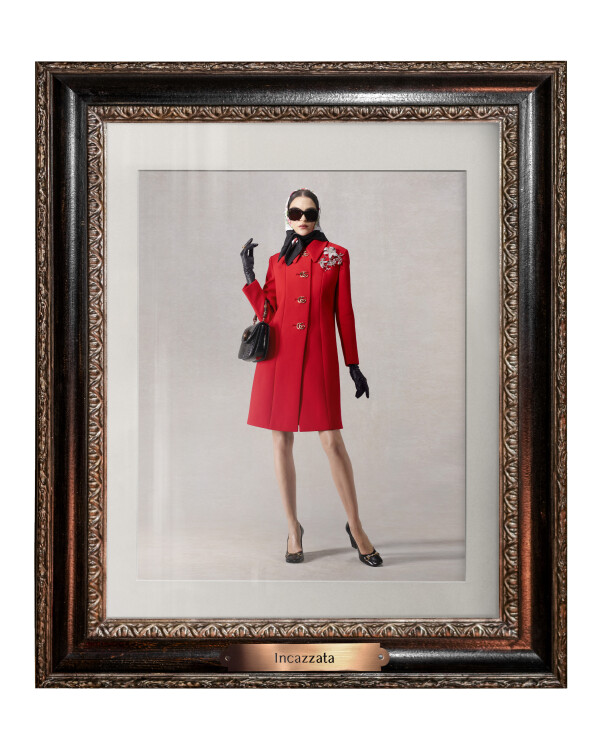
The lookbook opens with L’Archetipo ('the archetype'), a monogrammed travel trunk honouring Gucci’s origins as a valigeria. Soon after comes L’Incazzata ('the furious one') in a '60s-style red coat, silk scarf, horsebit heels and Bamboo 1947 bag—more fashion than furious, perhaps, but a flawless salute to old-money Italian glamour nonetheless. Sciura and Primadonna mirror this nostalgic spirit, while L’Influencer and It-Girl propel Gucci into contemporary relevance, charting what 'Gucciness' means today.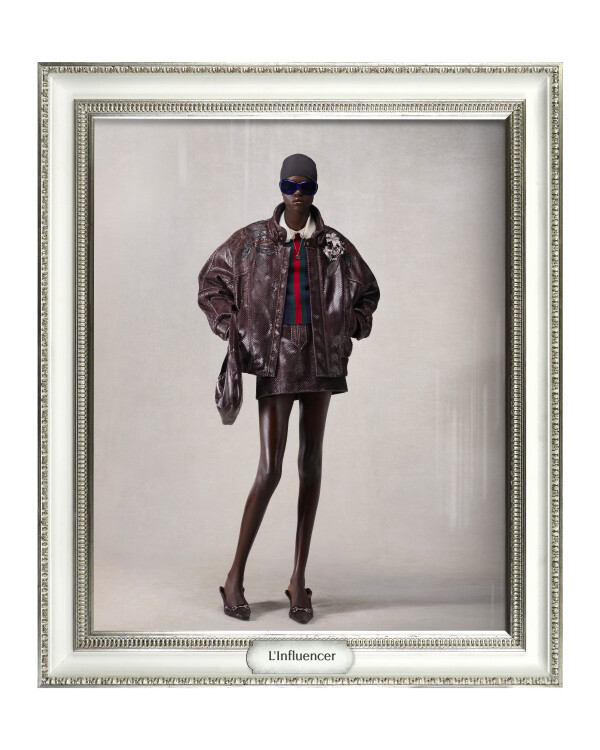
In a near Cluedo-esque roll call, each character steps forward with their own sartorial clue and aesthetic. And while they differ in look, they are united by the mastery of spontaneous nonchalance that has long defined Gucci. It’s that enviable kind of confidence that comes from backing yourself, whatever the look or the moment—and Demna channels it with natural, self-assured gumption.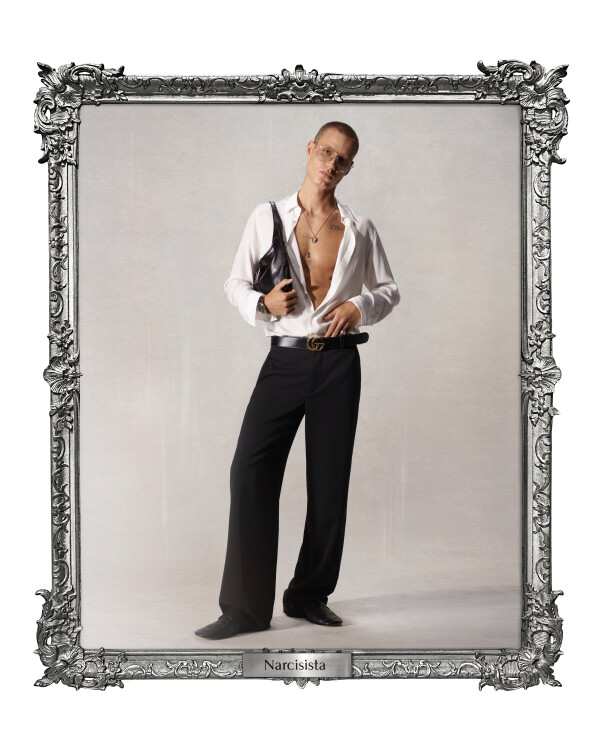
Menswear carries a distinct sensuality—open shirting, razor-sharp tailoring, Gucci-buckled belts—seen on Narcisista, Principino, and Pesantone. The references echo Tom Ford’s reign, when Gucci’s leather-and-silk provocations made headlines and sales soared.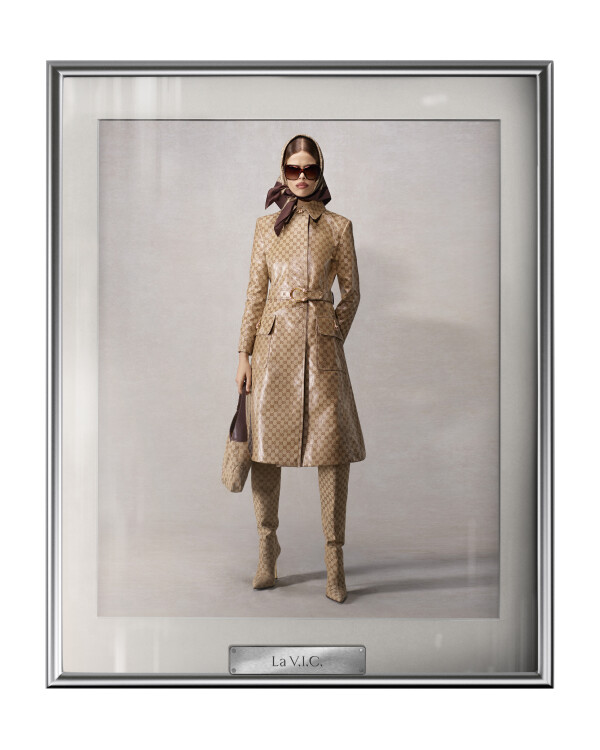
And leather, naturally, remains at the heart of the house. Since Gucci’s beginnings, it has been the cornerstone of its identity, with Tom Ford cementing it as the very symbol of unapologetic sexiness and dangerous glamour. Demna nods to that legacy without replicating it: croc-embossed mini skirts with matching boots, logo-stamped trenches, oversized bombers paired with horsebit kitten heels.
As far as debuts go—especially one weighed down by scepticism and anticipation—Demna’s first chapter at Gucci is a resounding triumph. It not only reassures those wary of change but also signals the birth of an audacious new era for the Maison.
GUCCI.COM/NZ



